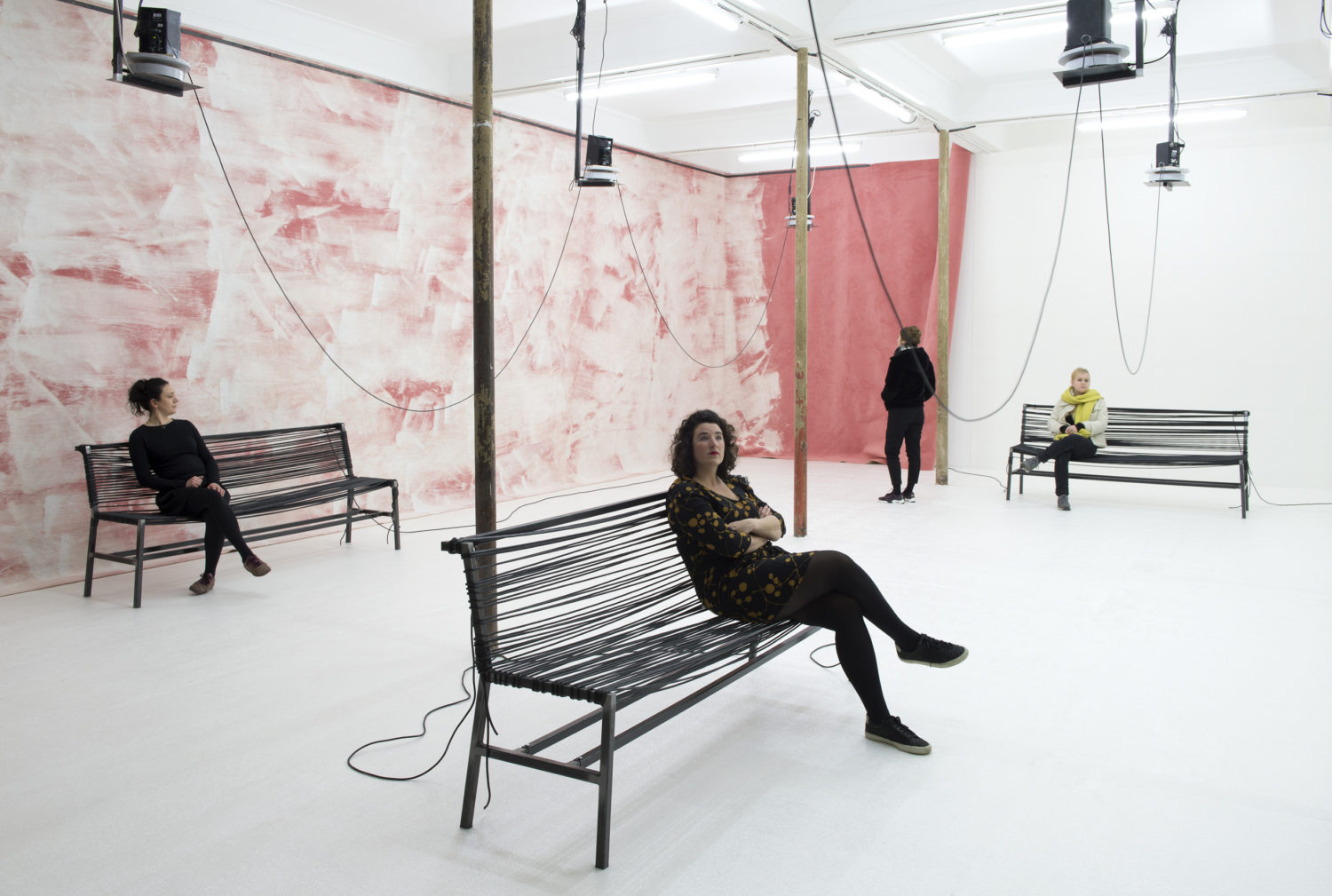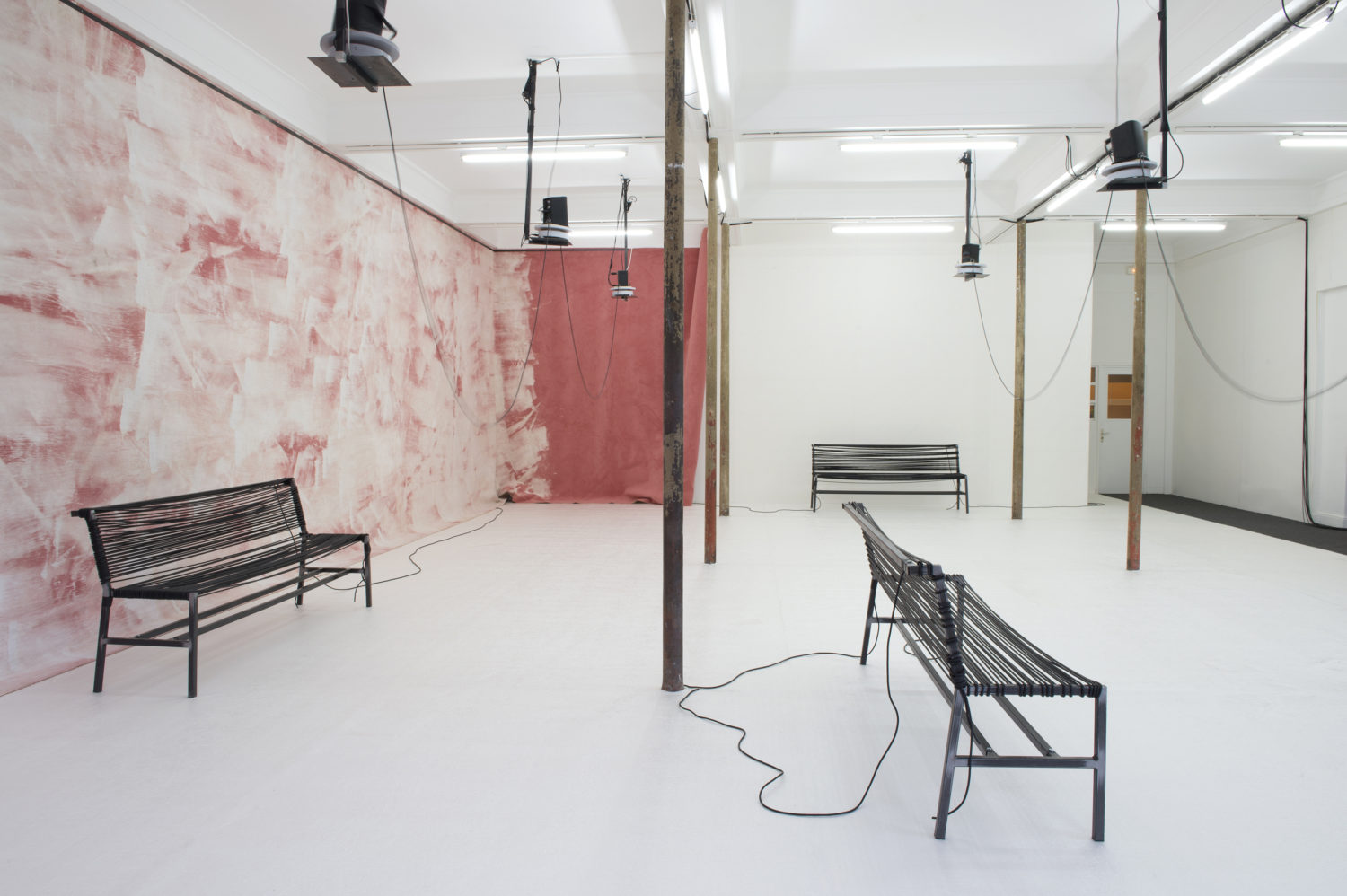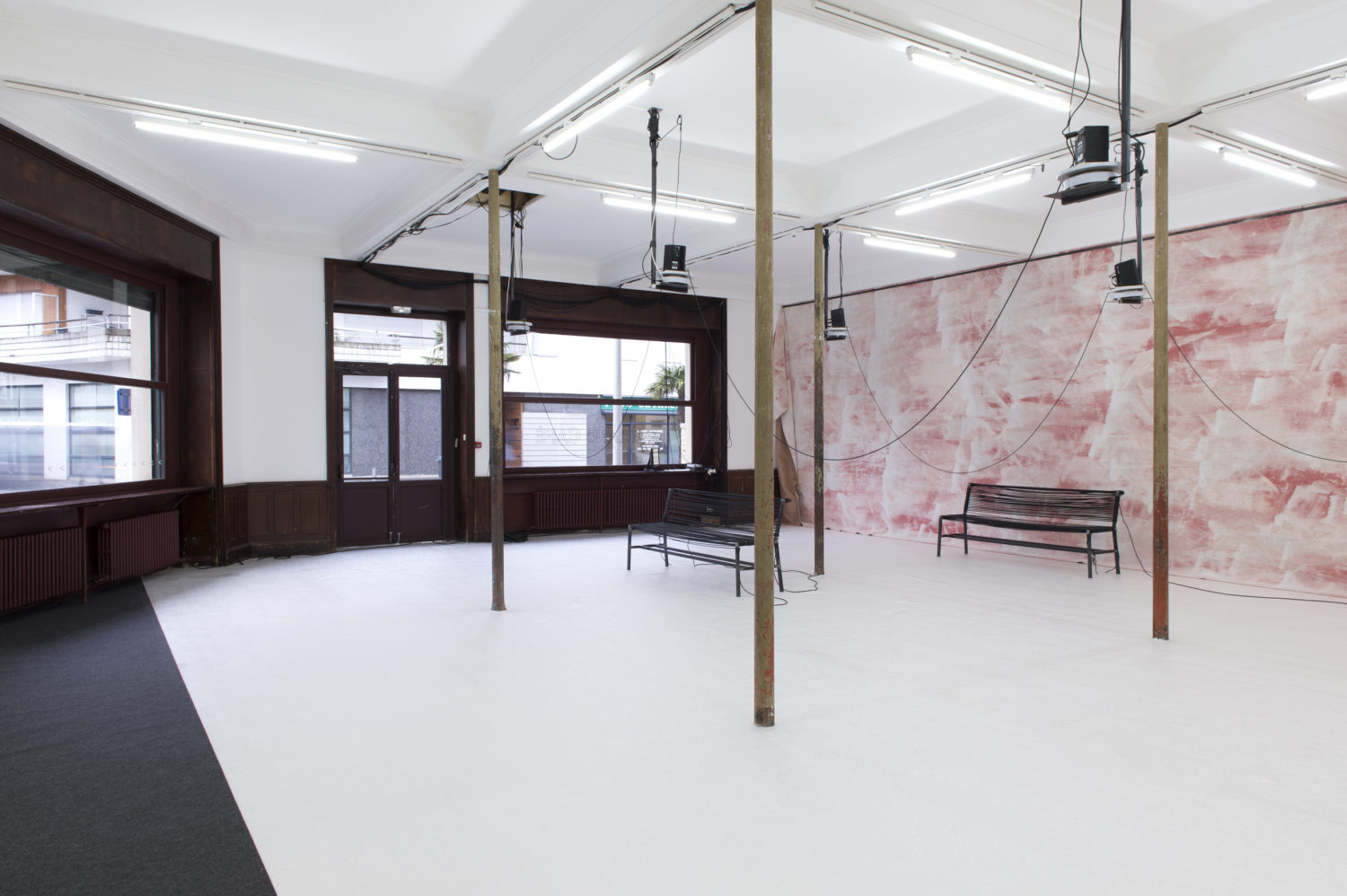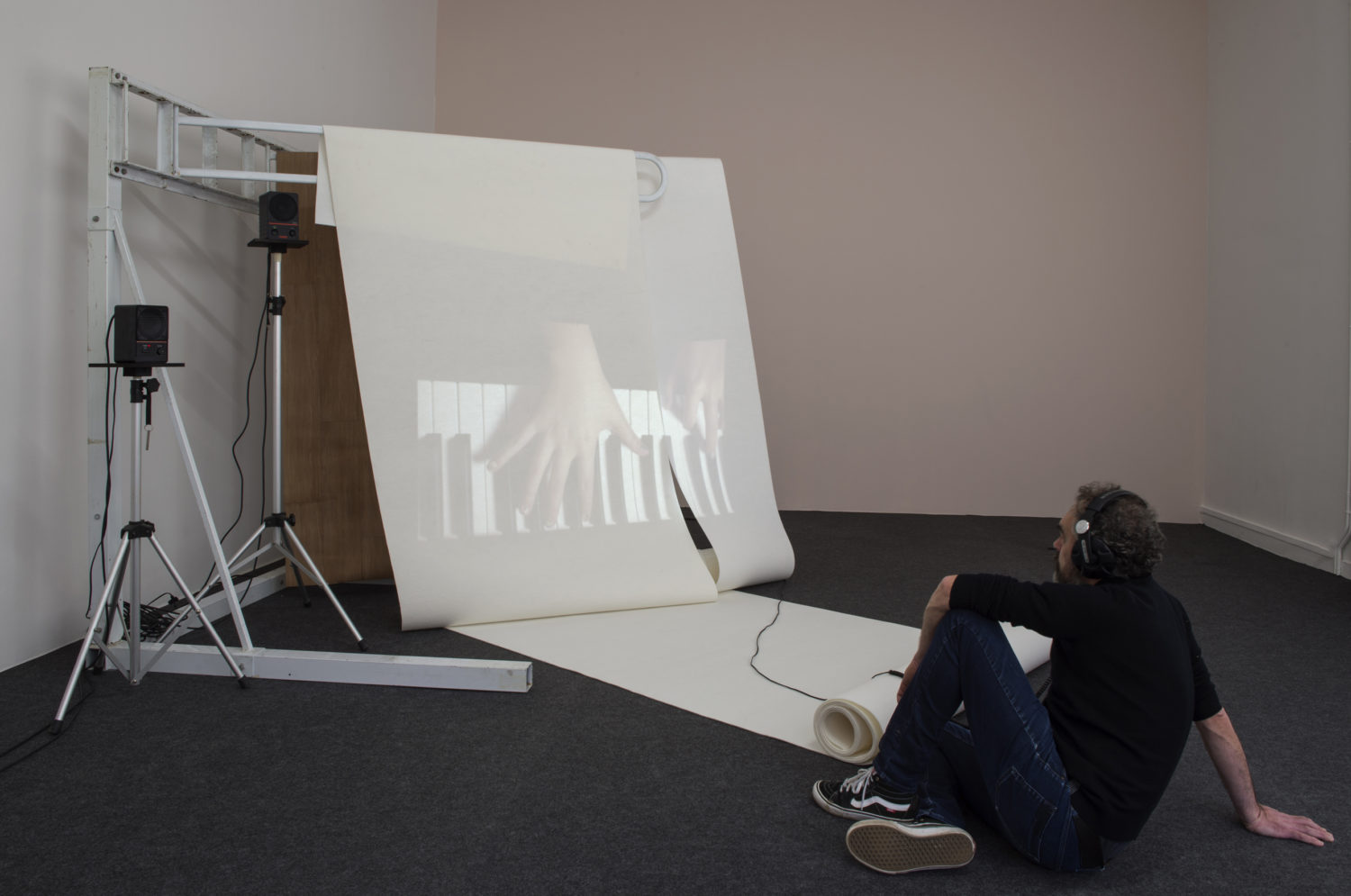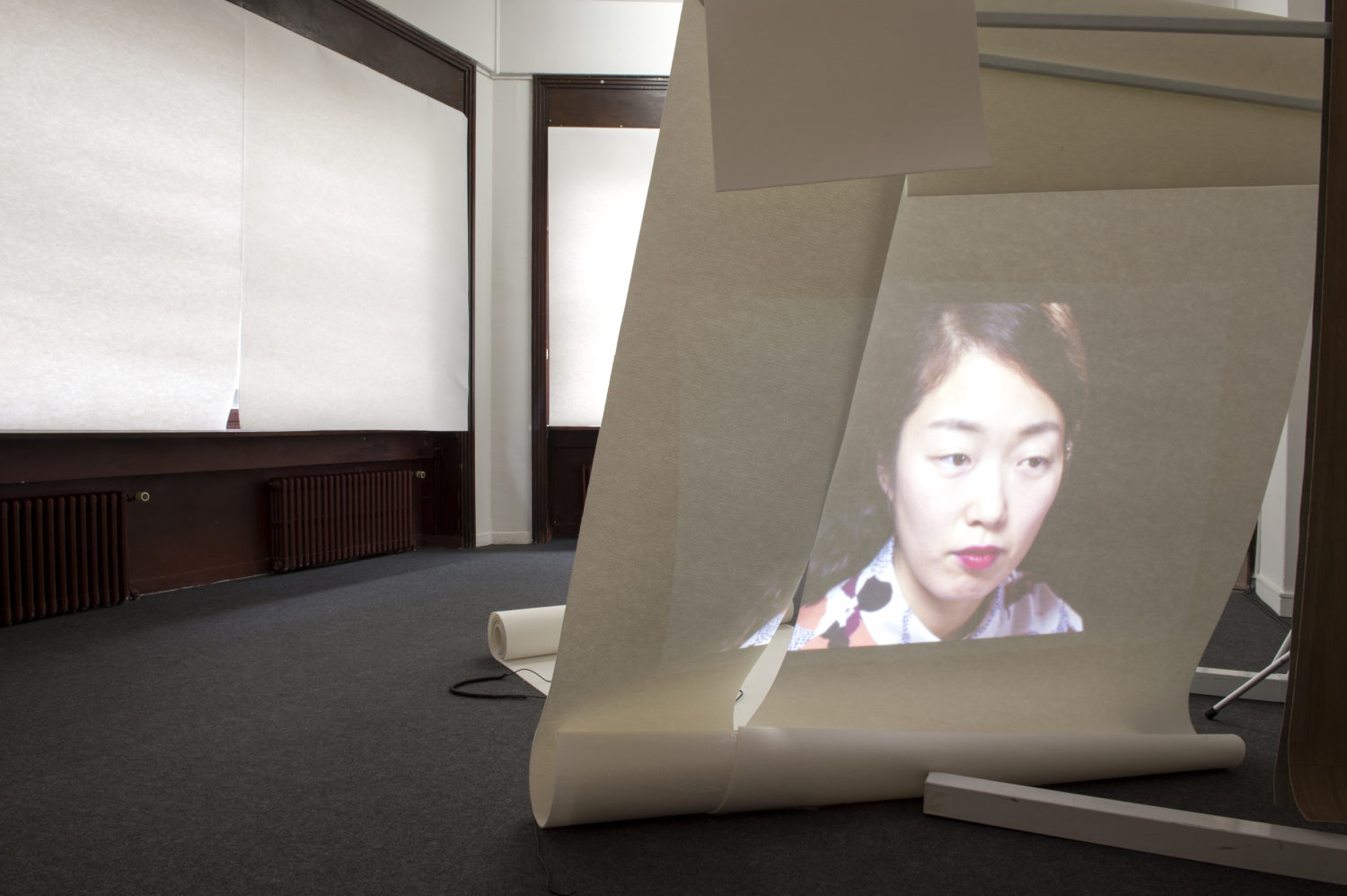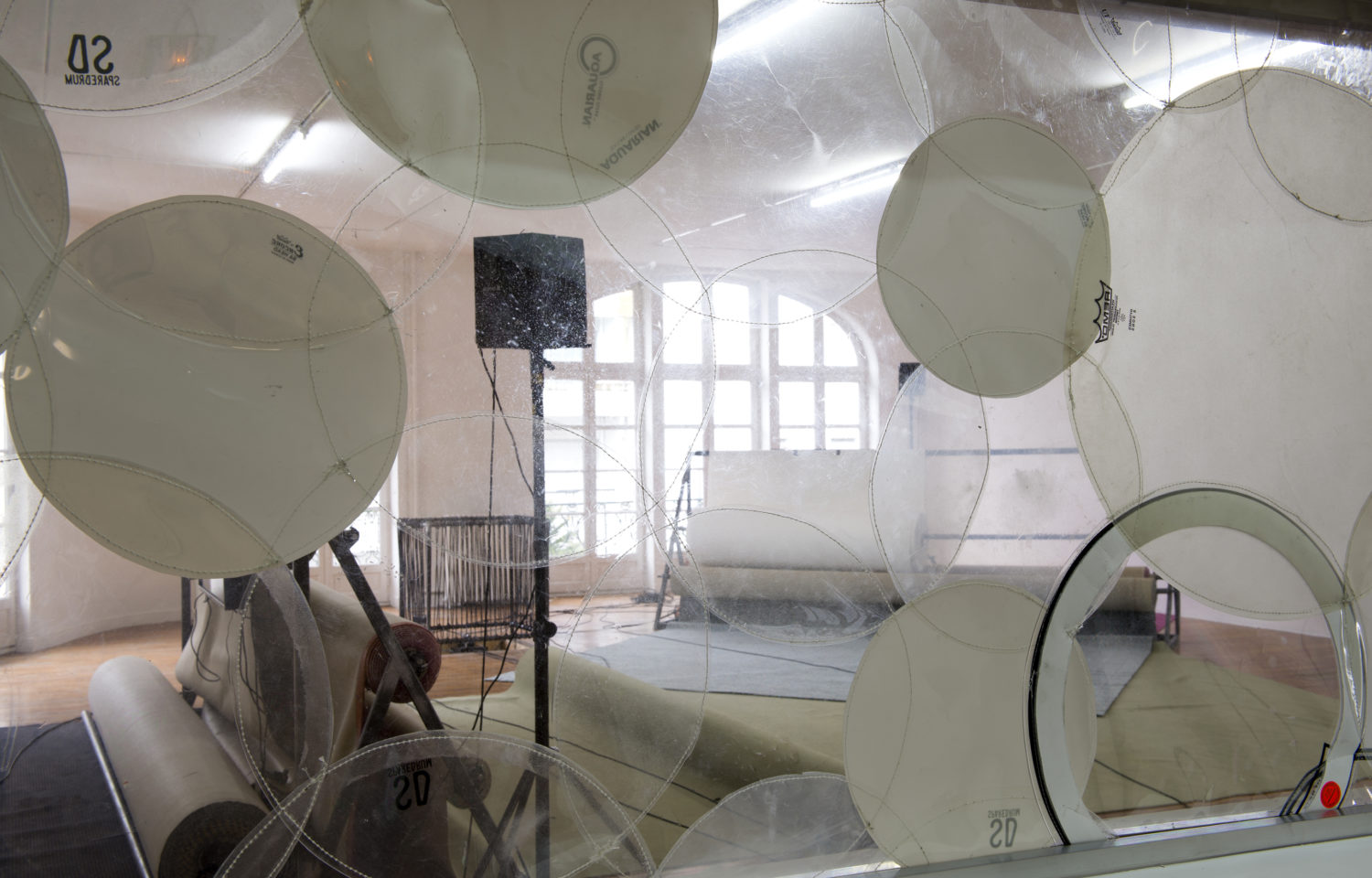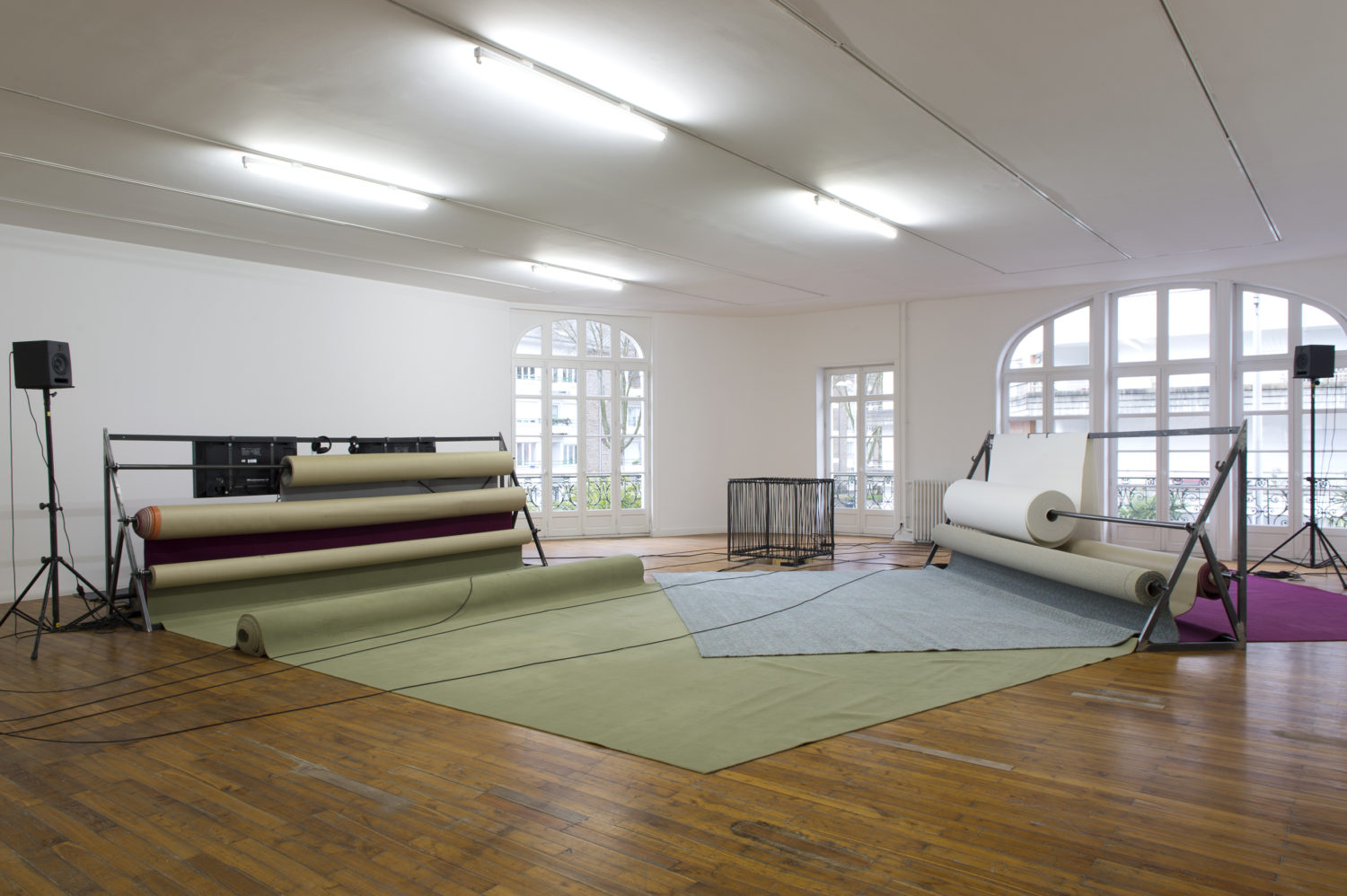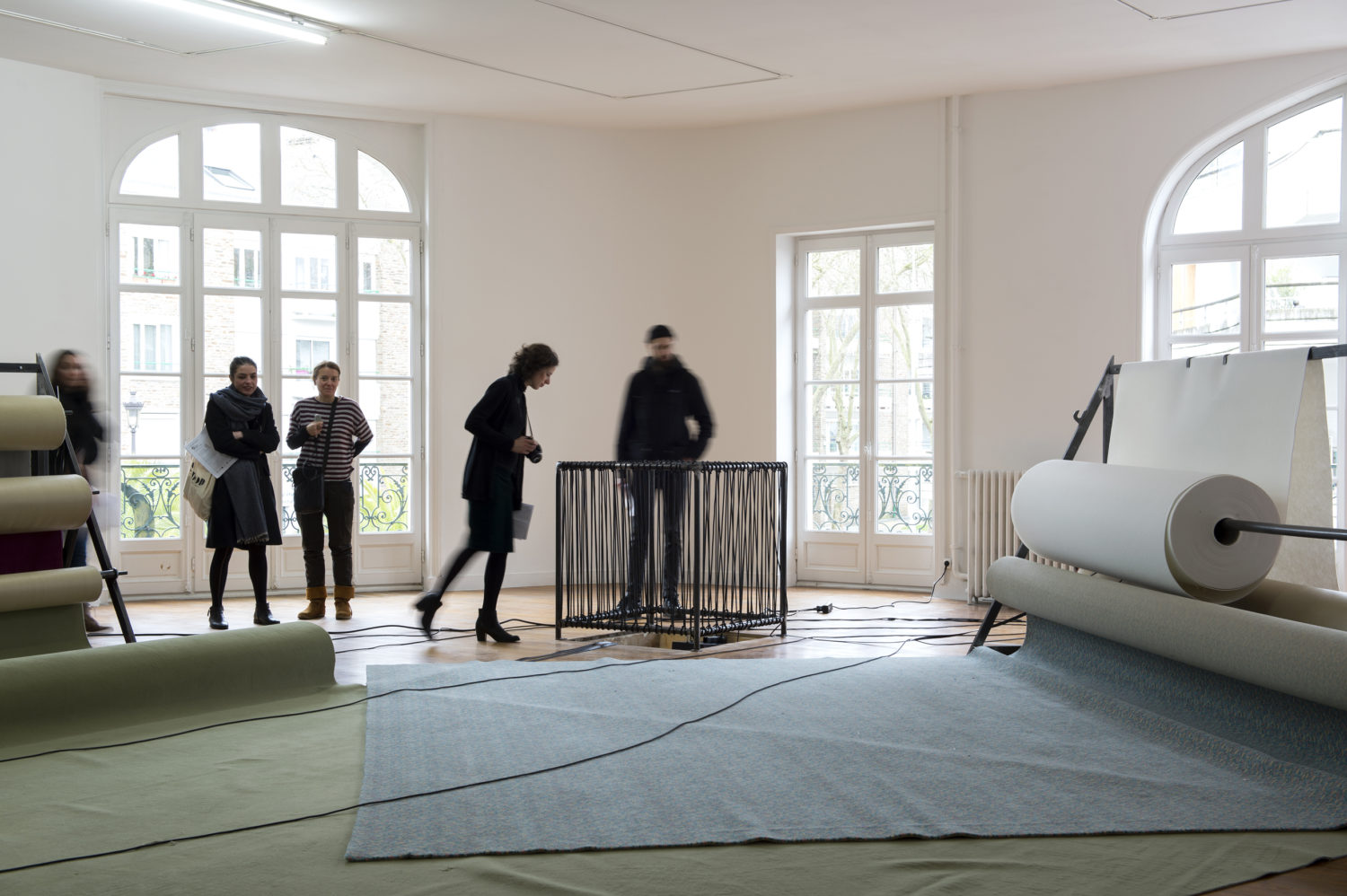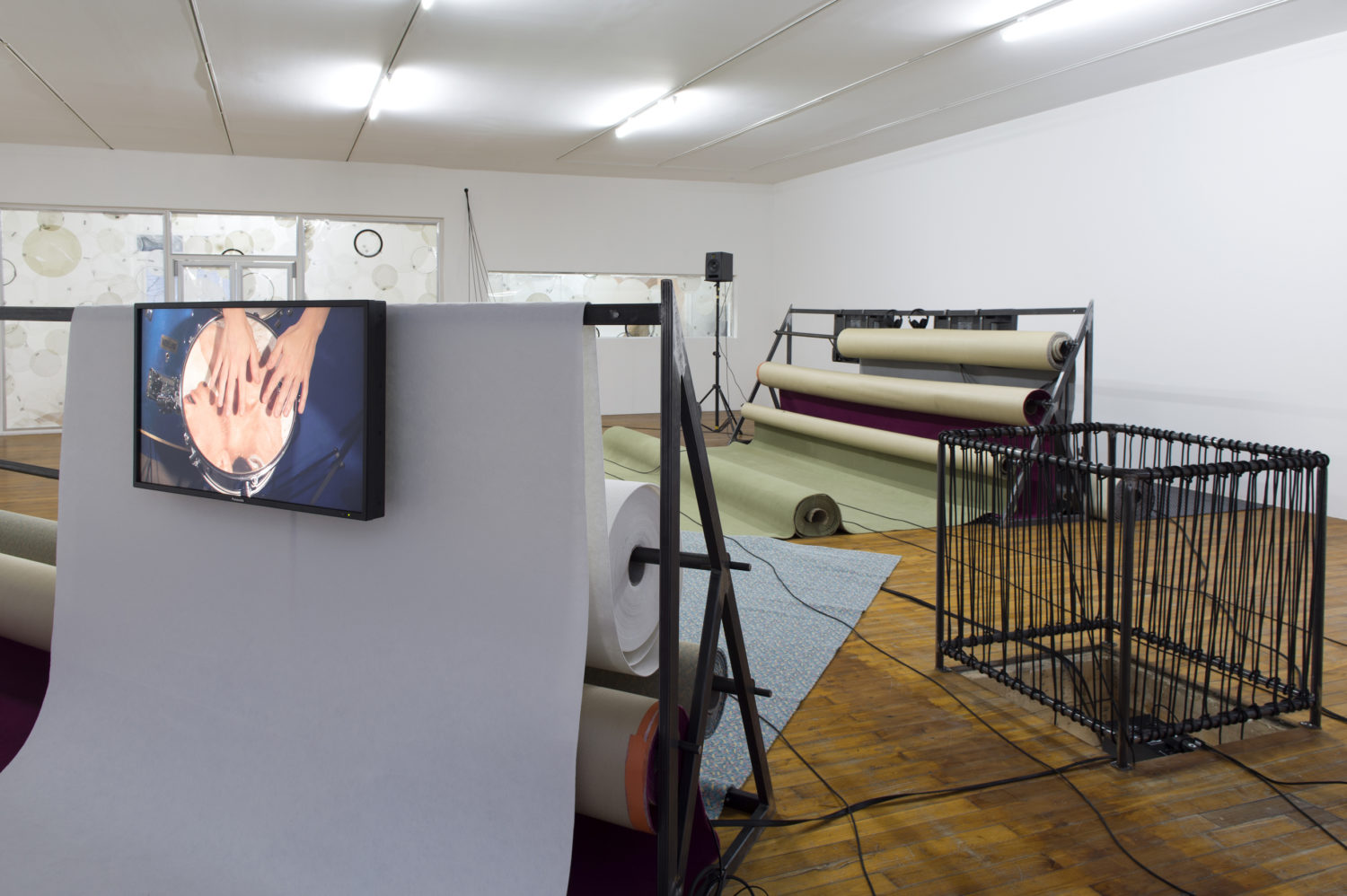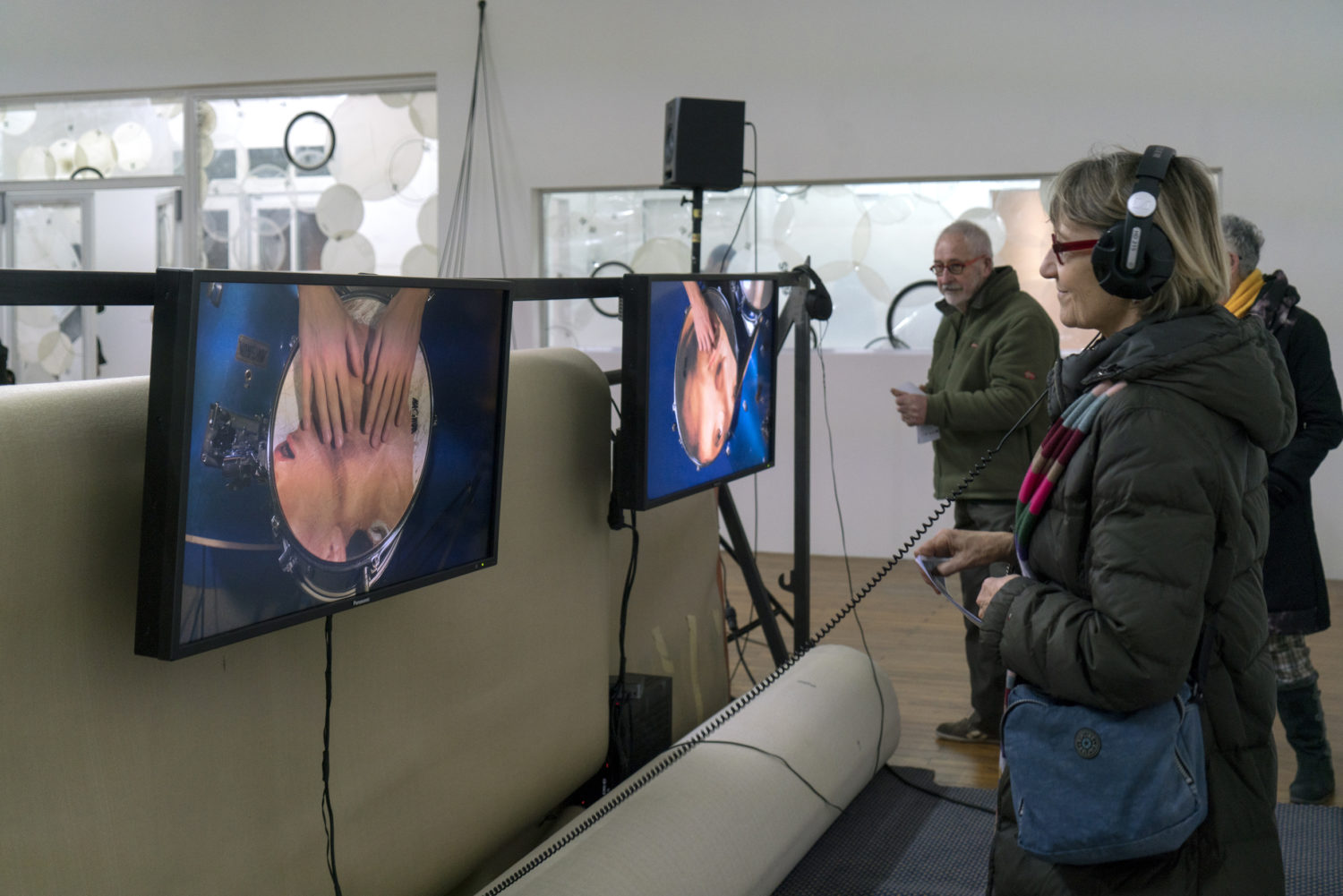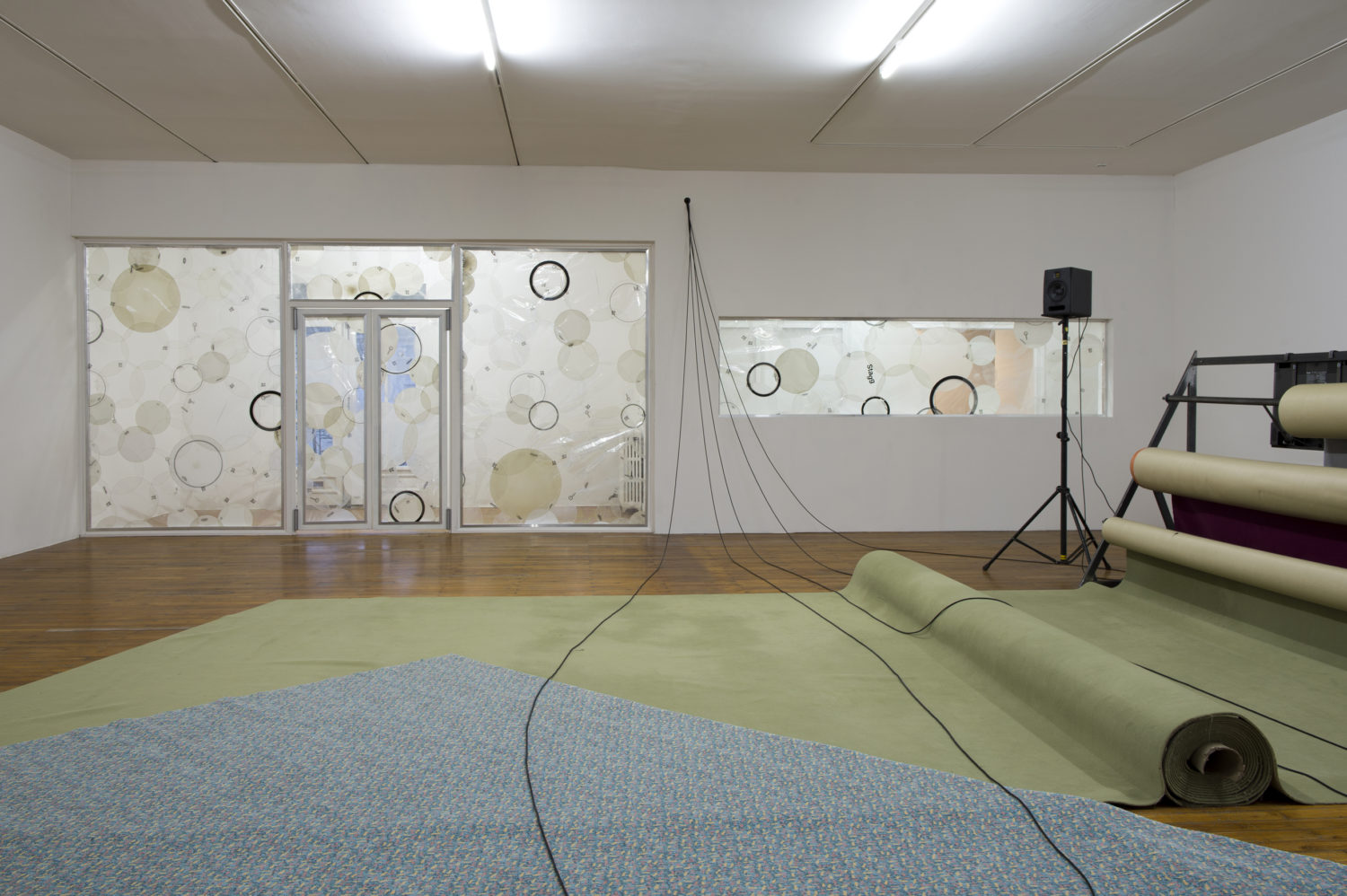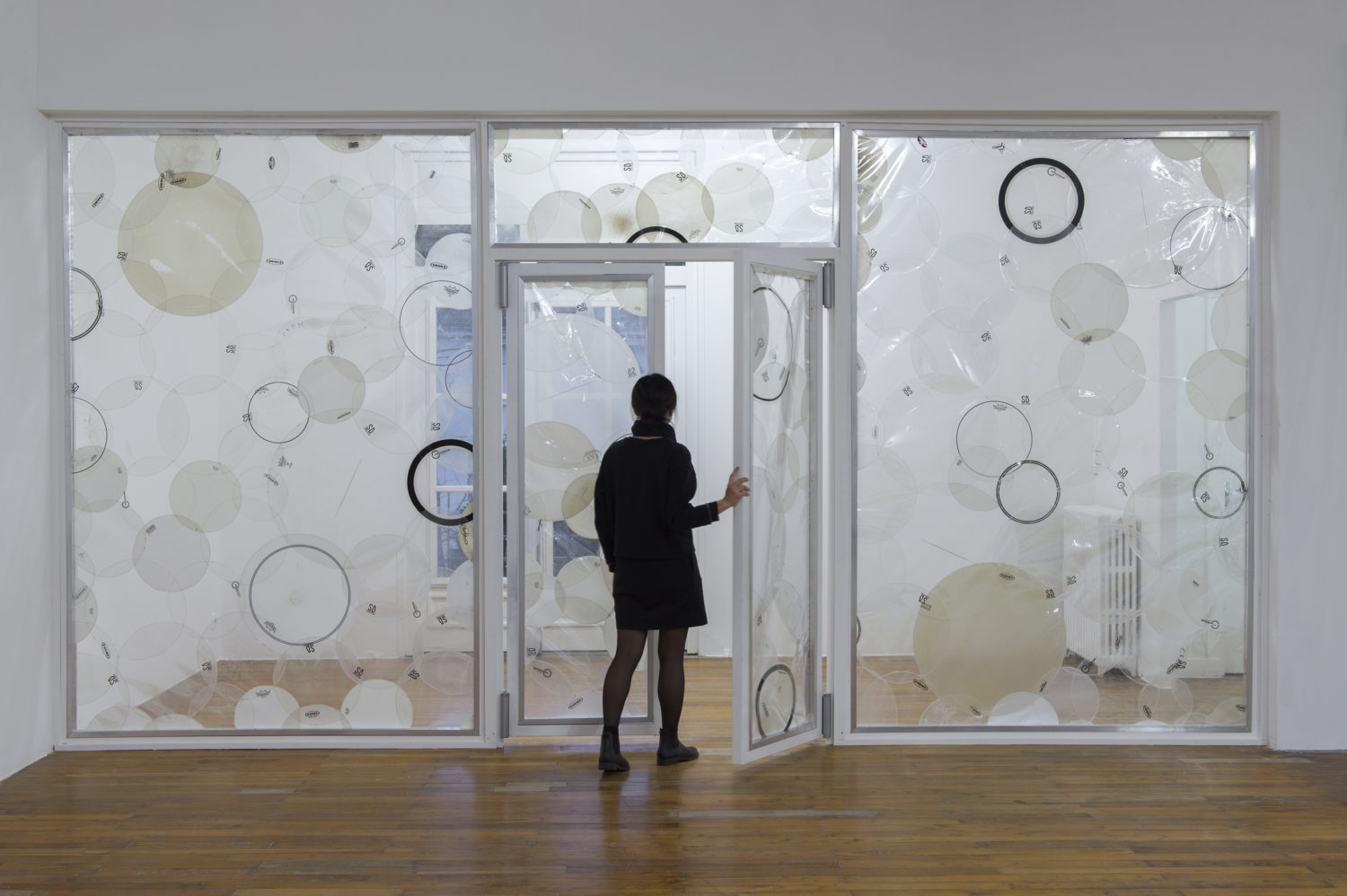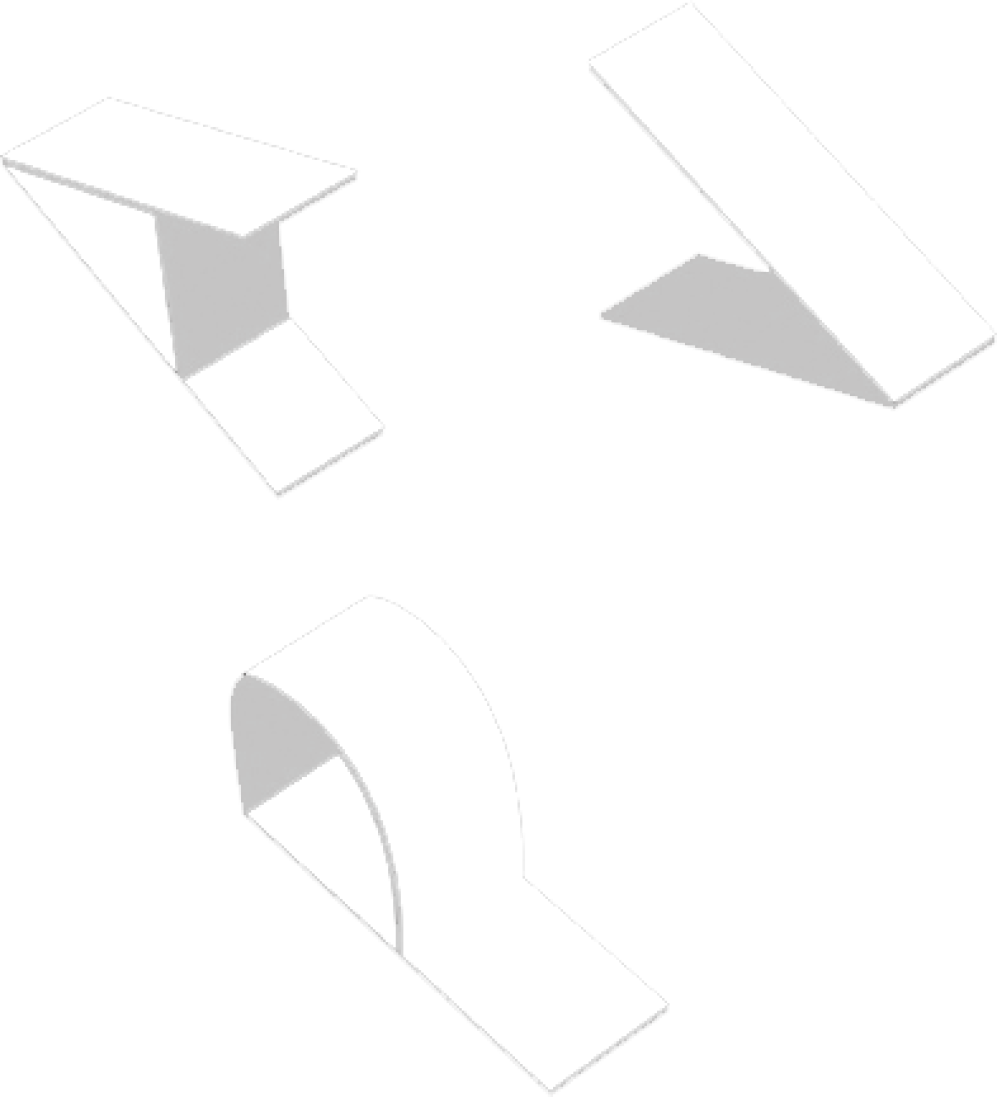Available documents
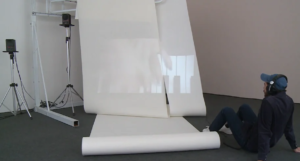
Parler de loin ou bien se taire, Anne Le Troter, 2019
Directed by Sylvain Huet / Avis d’Eclaircies
Exhibition
“As soon as man uses language to establish a living relationship with himself or with his peers, language is no longer an instrument, no longer a means; it is a manifestation, a revelation of our most intimate essence, and of the psychological link that binds us to ourselves and to our peers.”
Walter Benjamin
Anne Le Troter’s exhibitions appear as sonic investigations, dedicated to projecting oral forms. The collected vocal material that she sculpts or reinterprets often turns out to be surprising; within it, the body is omnipresent, caught up in the semantic prism of different professional fields as if crystallising a zone of resistance to be said.
The artist collects sociolects, the dialects specific to a social class or a professional group: jargons that are sometimes useful for a sense of identity, but may also be used as a way to exclude. Managerial and corporate language, medical or paramedical terminology, the standardised voices of telephone researchers: all so many technical languages that give Anne Le Troter an opportunity to address the body in its material dimension, and to measure the authoritarian hold of a language over its object.
The artist is also interested in idiolects, language-use peculiar to a given individual or a very small group, like the idioglossia that she created with her sisters as a self-sufficient speech cementing their complicity. Through these different sources, Anne Le Troter seems to ask herself questions about a notion that is both poetic and political: how, in the crucible of language, could the contemporary body express itself without becoming either collectivised or instrumentalised?
To give a form to her sound pieces, the artist collects, cuts up, and assembles in a highly elaborate compositional process. According to different procedures, she also includes recordings of her own voice, or speech actors. Anne Le Troter highlights the intensity of the presence of particular elements in a composed block of speech: she avoids the superfluous, prunes the links of syntax, captures variations within repetition, reveals the structural mechanism of language. She is also very attentive towards inter-subjectivity in language and to linguistic sociability, and she willingly includes the symptoms of the speaker’s emotions: the modulations that signal doubt, reticence, impatience or fatigue are another way to convey the body. In this sense, she follows in the wake of pragmatic linguists like Benveniste or Goffman, who have intensely studied the appropriation by the speaker of the formal apparatus of language. The linguistic dimension that exists in the work of Anne Le Troter (interlocution, exchange between transmitter and receiver, sender/recipient, encoder/decoder) should not however overshadow the considerable musical quality of her compositions: in them, the plurality of voices of a single individual and the plurality of voices of a group are conveyed with a good deal of polyphonic delicacy, combined with a distribution of sound in space that reinforces the subtle effects of movement in the interactional murmuring, becoming combined melodies, rhythmic ensembles of individual vocal trajectories.
Anne Le Troter sets up simple listening structures to transmit the sound material, dividing the space, sometimes improving the acoustics, and making the spectators physically welcome. Carpet and seating is adapted to the specificity of the spaces occupied, so as to offer an experience at once open and focussed. Similarly, within her exhibitions the artist punctuates the thought processes at work in the sound piece with video sequences, without overwhelming the sound being diffused. The language is given some air by a number of filmed percussive parts (the rhythm of a drum kit, the sound of the keys of an electric piano).
For this new project, entitled Parler de loin ou bien se taire [At distance speak, or hold your tongue], Anne Le Troter invests the whole of Le Grand Café with an installation designed like a giant respiratory cycle. Exploration of the flows between singular bodies and generic bodies, individuals and characters, freedom and alienation: the exhibition decrypts the political in the personal, and vice-versa. The following interview addresses these issues, and describes how they took a specific form for the art centre in Saint-Nazaire.
“Before we come to the exhibition, let’s go back to an earlier project, one that you carried out in several homes in Saint-Nazaire.
Le Grand Café invited me for a residency in 2018 to test out a format that means a lot to me and continues elsewhere at the moment: Théâtre chez l’habitant – théâtre d’habitation [Theatre at home – home theatre]. This project, conducted in collaboration with Charlotte Khouri, consists in asking volunteers to host an evening, to present a kind of theatre there, where donor biographies from a sperm bank are staged. The questions of expectation, fiction and dystopia enter the domestic space. Five representations happened in Saint-Nazaire, at the homes of five different hosts, with five different pieces.
Each piece is closely connected to the architecture of the homes, the decoration and the lives of the hosts that took on the project. The pieces to play were therefore written after meeting with the hosts, and a visit to their homes.
Right now, and it’s not unconnected to that first experience in Saint-Nazaire, can you describe for us the genesis of your new project at Le Grand Café?
I was invited to Dallas to do an exhibition. In the plane, I met a woman who worked in a sperm bank, consultable online. On the website, you can choose the donor’s eye, hair, skin colour, his level of education, and several other criteria. You have to tick the boxes. Then you reach some profiles of men whose voices have been recorded in interviews between the staff and the donor. The latter responds to questions linked to his life, his work, his family. Then, the staff provides a commentary on the donor (He is cute, handsome, funny).
After the flight, I went back to consult this website: I downloaded all the voices. After analysis of this oral material, I made myself some notes: the adjectives are very repetitive (cute, handsome, funny), and the more the staff accumulates the adjectives, the better the donor is. The words act like sales reps.
How have you given a form to this collection of voices?
I started editing all this audio material without really knowing what I wanted to do with it. And in the end, I made a song out of it: 400 commentaries of the business’s employees, on the subject of 400 sperm donors. The whole thing forms a sort of pre-adolescent nursery rhyme, naïve and intoxicating. It gets confused: you have the impression that these people are talking about one person, when they’re mentioning 400 of them.
Your installations are always conceived in situ. Did the art centre in Saint-Nazaire, its architecture and its different spaces, inspire you in a particular way?
For this solo exhibition at Le Grand Café, I focused on the difference between individual people and characters: the sperm bank creates characters by stereotyping them (cute, handsome, funny), and it sells a discourse that quantifies the qualities of a being. The business transforms the donors, individual persons, into marketable characters.
My aim would be to rediscover the persons behind the characters. So, a single sound piece will span Le Grand Café, each space communicating with the others, like setting up a dialogue. The hatch in the large ground floor room will be reopened, giving access to sound diffused on the first floor. The points of view interchange, between characters created by the business and persons who struggle against the role imposed on them.
Sound is a material that’s always escaping: how do you channel it?
Everything is synchronised between the different spaces, it’s not a cacophony. When I was very young, I used to get a ticket at the multiplex, with which I could go everywhere. I played at composing my own film, hopping from one screen to another, creating my own narrative. At Le Grand Café, spectators aren’t being asked to channel-surf: the three spaces are connected and respond to each other. What I retained from my multiplex experiences is the movement of my body in the story on offer. I’m looking to reproduce this type of flow in the art centre.
This setup is going to talk about itself a lot: on the ground floor, in the little room on the right, I’ve imagined an opening presentation (greeting, length of the piece, the space, the protagonists, the nature of the audio archives, etc.), a little like the credits of a film.
In the room on the left, the large gallery, I shall fashion this idea of character, playing on the contrast between the content of the discourse and its form (a sweet little song).
The French translation on the first floor, that’s also an interpretation and a commentary on the American source would be a new protagonist, an attempt to put the singular back into the generic.
Can you mention the role of the images that punctuate your exhibition?
The speech is orchestrated by some video elements; these are interludes, supporting images — images of percussion on a drum kit, percussion on a piano. I ask a pianist to play on an unplugged synthesiser, and I stick photos of donors on the pianist’s nails. Because on the sperm bank’s website you can also see their portrait from when they were children. I incorporate these photos in a miniature format, the size of a little sticker.
You also add physical ‘thresholds’ to the architecture of Le Grand Café. Why?
I imagined glass double doors between the different spaces, including an automatic sliding door, which gives us the feeling of going into a very specific voice (of the business, of the person, of the sound piece itself). The entrance upstairs will be through a section of wall, stretched from plastic drum skin, a surface that resounds, vibrates. When it comes to questions of listening collectively in comfort, I am demanding: the group dimension, its energy and its receptive force count enormously in my practice. From where do you project the language? How long for? How are people listening? They are silent together, and a silent group is rare… What bonds of complicity or rejection are being woven in the listening? My spaces are designed for projecting language: a cinema serves mainly to project a film and feel good — let’s say that I do the same thing with sound. The spectator dives into a projection, their own, thanks to the mental images produced by the sound. So I configure spaces of concentration and immersion.
Other additional elements show your attention to the public, and for the quality of the sound in space.
Le Grand Café echoes, which poses a big problem for diffusing sound. I’m installing carpet dispensers in the spaces, which will work as soundproofing elements. Some of them are remnants from carpet intended for cruise ships, reworked to rub out the colour. This is a visible act of erasure.
All my audio cables start from a single source (near the windows of the large ground floor space), and they do a tour of Le Grand Café. They climb the stairs; they come back through the hatch. Six speakers are spaced around the large room, like a group of characters, and placed on turntables that will rotate to and fro, so that the cables between them are going to lift and tighten, then drop down and relax, like a kind of breathing cycle. Like a body beginning to come to life. I do effectively pay a lot of attention to the distribution of the sound, and I’d like it to be clear everywhere: ultimately, sound is quite close to video, you have to continually manage clarity and blurring, what’s out of shot; and the question of timing is essential, like events unrolling.
To end this interview, can you talk about the title of your exhibition?
“At distance speak, or hold your tongue” comes from The Man and The Adder by Jean de La Fontaine. The fable tells the story of a man to whom some animals explain the exploitation that he submits them to. The man gets angry and kills the adder. Jean de la Fontaine tells us that in such a situation it’s better to speak from a distance or else say nothing. This question of discourse, authorised or not, resonates strongly with the issues in my work. In the sound recordings and texts produced by the sperm bank, everything is very controlled, smoothed out. It’s why the interviews resemble each other a lot from one donor to another. I am trying to get some distance back.”
Text: Éva Prouteau, art critic
Interview with the artist 25/11/18.
With The Neighbours F’s: Fun and Fame, a work created by Anne Le Troter and Charlotte Khouri.
